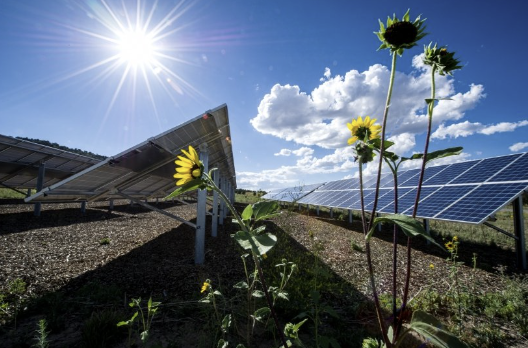Explore Other Resources
Subscribe Today!
Decoding Renewable Energy Procurement: Options and Strategies for Businesses in a Changing Energy Landscape
The energy sector is shifting, providing consumers with options to aid in transitioning to a carbon-neutral grid. Many companies are setting firm ESG goals to lessen their carbon footprint, typically starting by reducing scope 2 emissions from purchased electricity, often sourced from fossil fuel plants.
Buyers typically employ one of four primary approaches to purchasing renewable energy, aimed at reducing scope 2 emissions. What are these options and what is the difference between them?
- Unbundled Renewable Energy Certificates (RECs): Purchase RECs as part of an electric supply contract or independently.
- Power Purchase Agreements (PPAs): Enter into agreements with independent renewable energy developers to procure electricity and RECs from specific sources.
- Green Programs or Green Tariffs: Signing up to participate in local utility-provided green energy programs for buyers operating in regulated markets.
- On-Site Generation: Investment in on-site renewable generation reducing reliance on electricity supplied from the grid.

Let’s explore the benefits and challenges of each of these.
Purchasing Unbundled RECs
Acquiring unbundled RECs is the most cost-effective method for reducing carbon footprint. These can be obtained either as part of an electric supply contract or independently. Integration into the supply contract maintains a 1:1 ratio with consumption, with suppliers adding a "green" premium for renewable electricity. Alternatively, standalone purchases offer a wider supplier pool and more purchasing options and can be applied in both regulated and deregulated markets.
Buyers need to decide on the REC purchase method and consider REC attributes like technology, vintage, and source location. Compliance RECs adhere to Renewable Portfolio Standards (RPS) regulations and are priced higher than voluntary RECs due to regulatory requirements.
Entering into a PPA
Buyers seeking a more glamorous approach to meeting their ESG objectives can collaborate with renewable energy developers, receiving electricity and RECs from local projects. This involves partnering with developers on a long-term basis to access power and environmental attributes from a specific resource, often aligning with the buyer's geographic location, encouraging local renewable energy advancement.
In areas with limited renewable energy access, buyers can opt for Virtual Power Purchase Agreements (VPPAs), allowing the procurement of RECs from any renewable source at a fixed price, regardless of location.
Typically, buyers enter these agreements before project construction, providing financial support to kickstart development. This commitment allows buyers to claim "additionality," demonstrating support for new renewable energy creation, which can yield marketing benefits.
Utility Green Programs
In regulated markets, buyers can join utility-run green energy programs offering two main pathways. One option, the green pricing program, mirrors purchasing unbundled RECs strips but with variable pricing. The alternative, a green tariff program, requires a longer commitment but with the potential of long-term savings.
On-Site Generation
Investing in on-site generation enables buyers to reach renewable energy goals and slash long-term energy expenses. Although it involves immediate capital expenses, typically recovering within 5 to 7 years based on project scale, it offers buyers the opportunity to offset delivered energy with on-site production, essentially providing free electricity. States with net-metering policies allow surplus energy credits for use during periods when the system is not producing or offer discounted credits for energy fed back into the grid.
The choice of method depends on internal factors such as budget, risk tolerance, motivations (cost savings and ESG goals), and energy demand. External factors, including renewable energy availability, local regulations, and energy costs, also play a pivotal role in determining the most suitable approach for businesses in different operating environments.
Contact us for more information.
